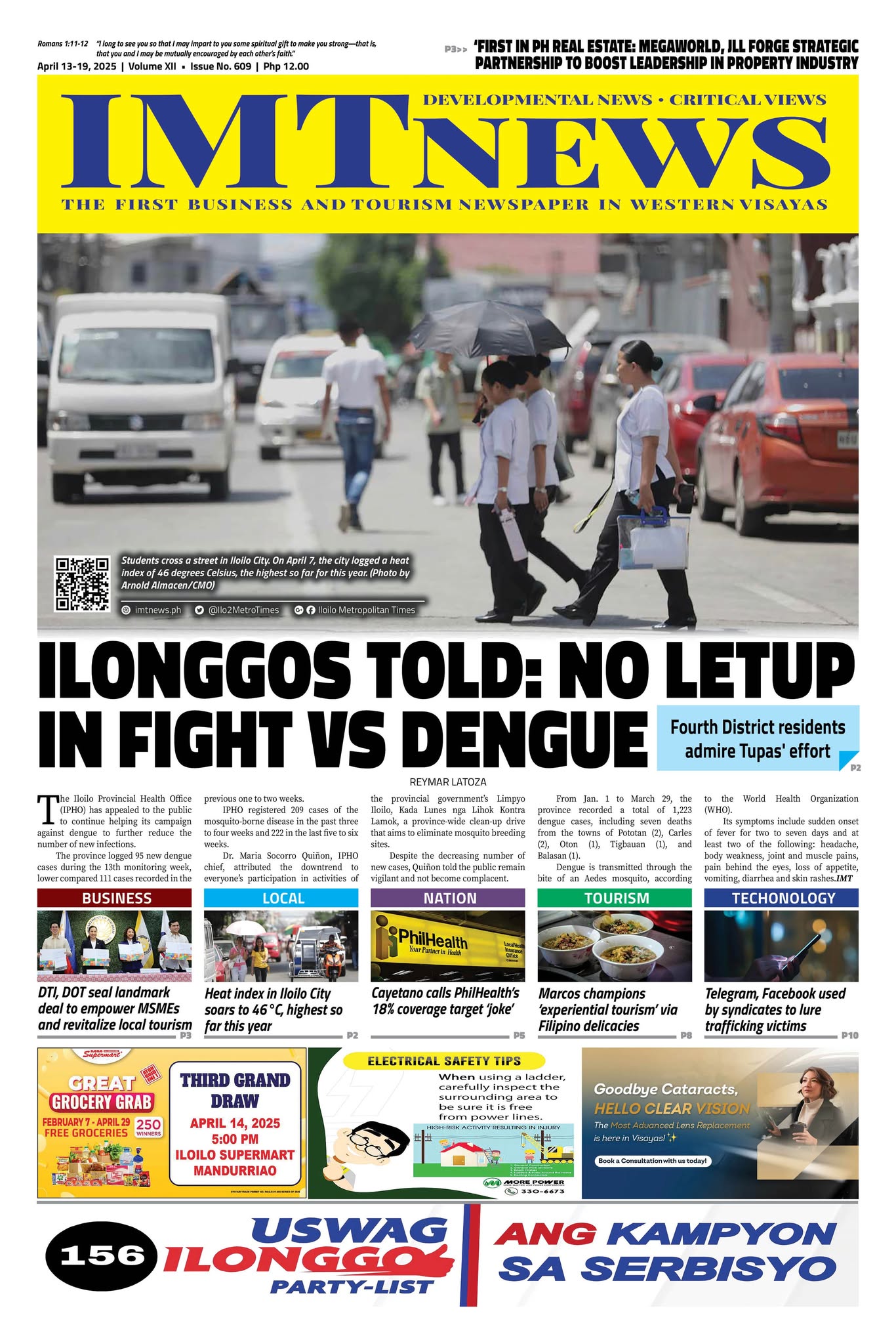Mixed emotions prevailed in the emerging plan of resuming face-to-face classes. There is excitement among students who desire to go back to the physical classroom set up, anxiety among parents who worry that their children may get infected in the process, psychological stress among teachers who have barely recovered from the pressure of printed modular learning and foreseeing class management under stringent health and safety standards.
Notwithstanding, pilot implementation of F2F classes if ever, have certain conditions, these are: it has to take place only in areas categorize as low risk at least under MGCQ; commitment for shared responsibility of DepEd, LGU, parents or guardians and providers of transportation; and stringent health and safety standards be followed at home, during travel to and from school and within school premises.
A closer look at the third condition would tell us that following stringent health and safety standards within school premises is rather a feat. For sure, health facilities of schools are inadequate. Basic handwashing facilities are absent in 2,970 out of 47,013 public schools in the country.
There are 21,731,049 public school students and there are only 3,657 school nurses giving a ratio of 1 nurse to 5,945 students. With this ratio, immediate attention may not be provided in cases of emergency. The fact that only 28% of the schools have a clinic, makes the prospect gloomy.
The F2F advocates cite negative effects of keeping schools closed such as learning loss or inadequate learning among students using self-learning modules, dropouts, mental health, socio-emotional aspects, and teen pregnancy, among others.
UNICEF Philippines argue that the ongoing crisis amplified inequalities especially among the most vulnerable and marginalized – due to limited access to internet, digital technology, and absence of other home-based support systems. Safe and progressive return to in-person schooling as soon as possible for learning continuity in these group.
In support of F2F, World Bank cited their study results that only 20% of school-aged children were engaged in learning activities while adhering to community quarantine guidelines. F2F in an incremental manner is suggested.. Piloting the approach in March, at low risk areas; modifying the omnibus guidelines of CQ to allow children to go out; preparing for nationwide F2F next year; prioritizing teachers for vaccine and continue supporting distance learning modalities.
Although studies show no relationship between school status and infection rates in the community, UN noted schools that reopened to be equipped with various mitigation measures. The emergence of potentially more infectious B.1.1.7 (UK) variant of SARS-Cov-2 the virus causing corona virus disease 2019, had strengthened the apprehensions and convictions of many that it is not safe yet to have F2F modality not until vaccination becomes available.
Surely, we are not ready and we are not set to Go F2F as of this time. Our President who has the final say in this matter thumbed down the proposal as well… and that’s it.Angelo G. Tanoy, PhD


![[OPINION] Aftershocks and the trouble that we are facing](https://www.imtnews.ph/wp-content/themes/Extra/images/post-format-thumb-text.svg)
![[OPINION] Don’t touch the Ilonggos with a ten-foot pole](https://i0.wp.com/www.imtnews.ph/wp-content/uploads/2019/09/P1568631978_featured_img.jpg?resize=440%2C264&ssl=1)



